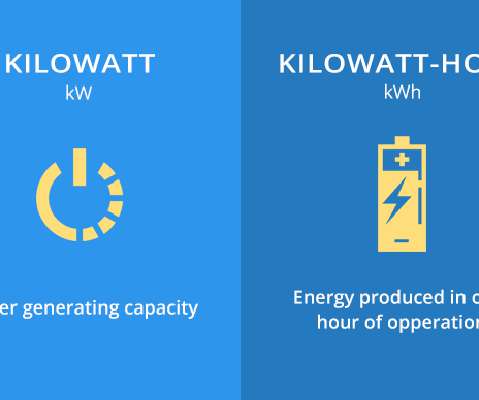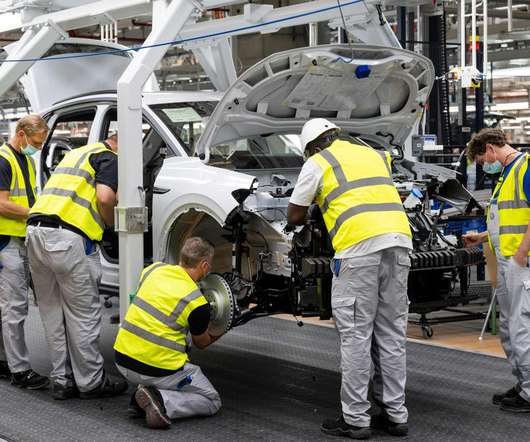The difference between kW and kWh | EV Basics
Setec Powerr
DECEMBER 13, 2022
If you’ve only ever driven conventional fuel vehicles, we’re here to explain this basic EV knowledge today. To put it simply, a kW is a measure of power, and a kWh is a measure of energy; power is the rate at which something uses energy, and energy is the capacity to do work.














Let's personalize your content